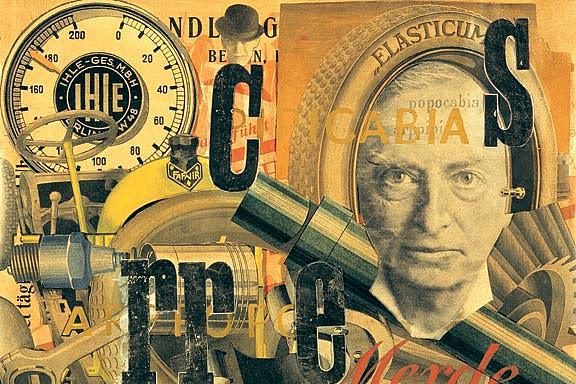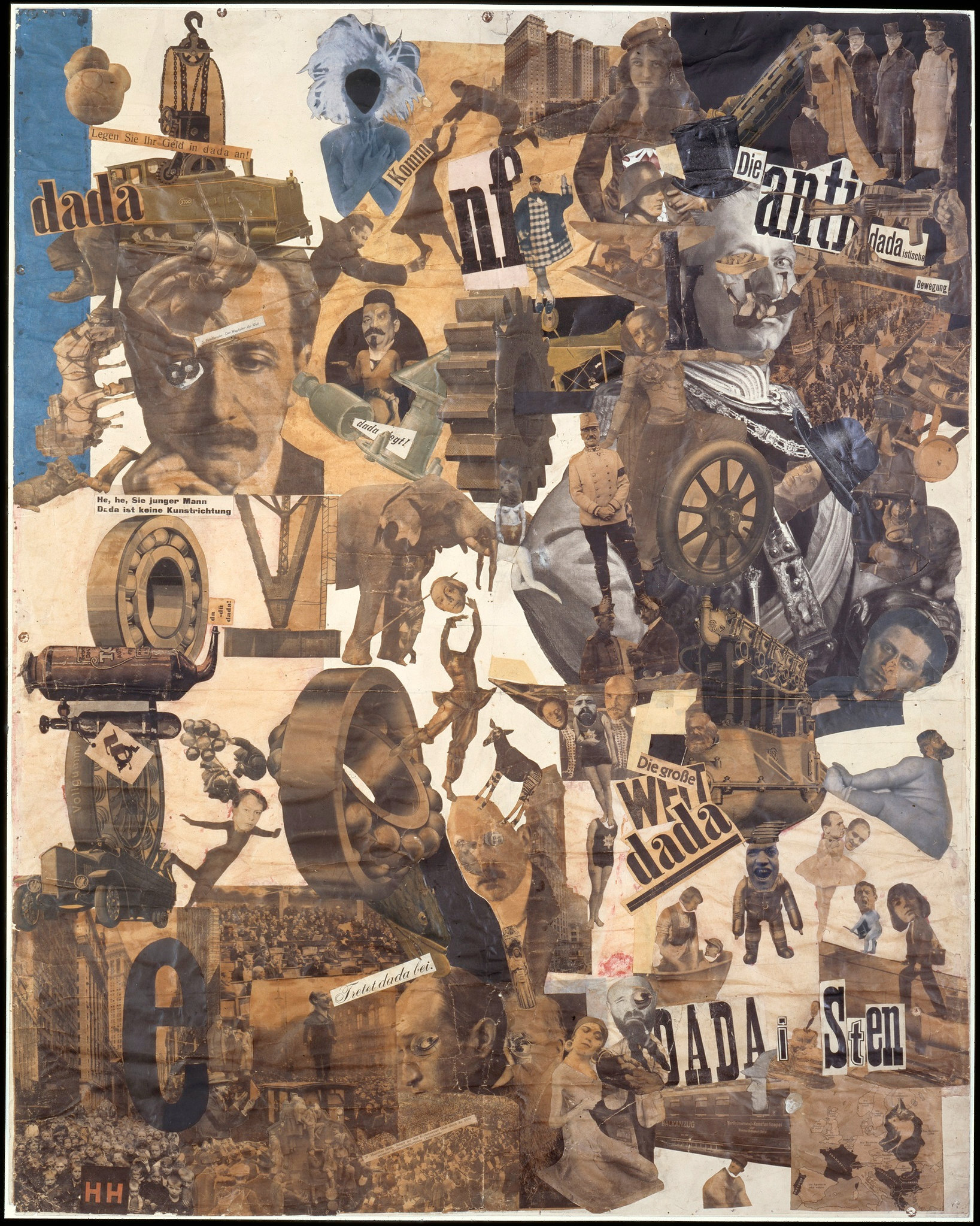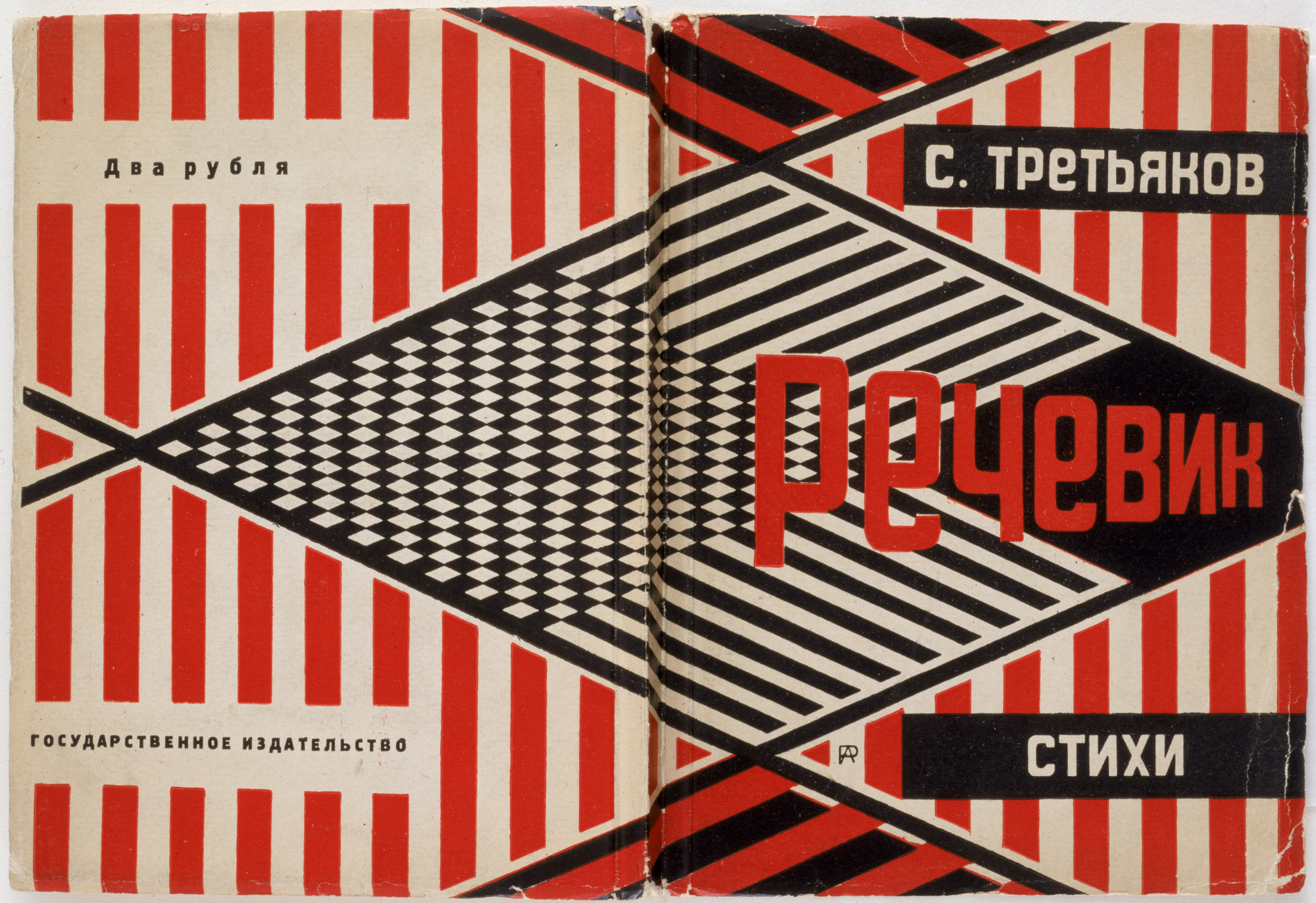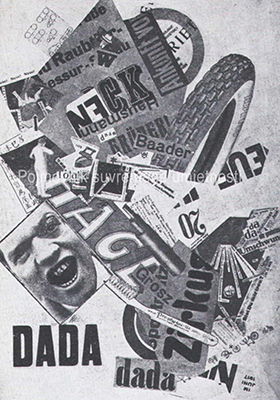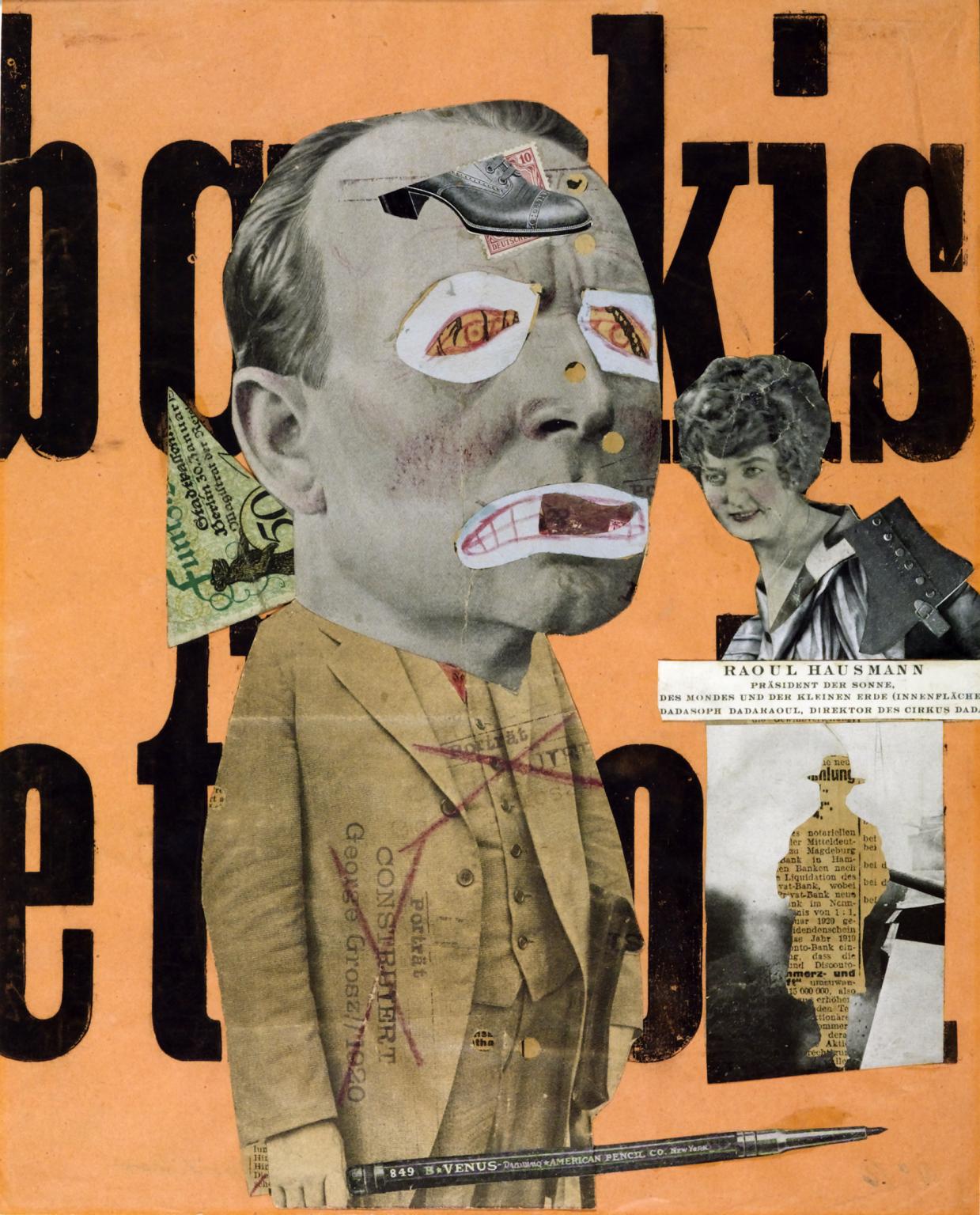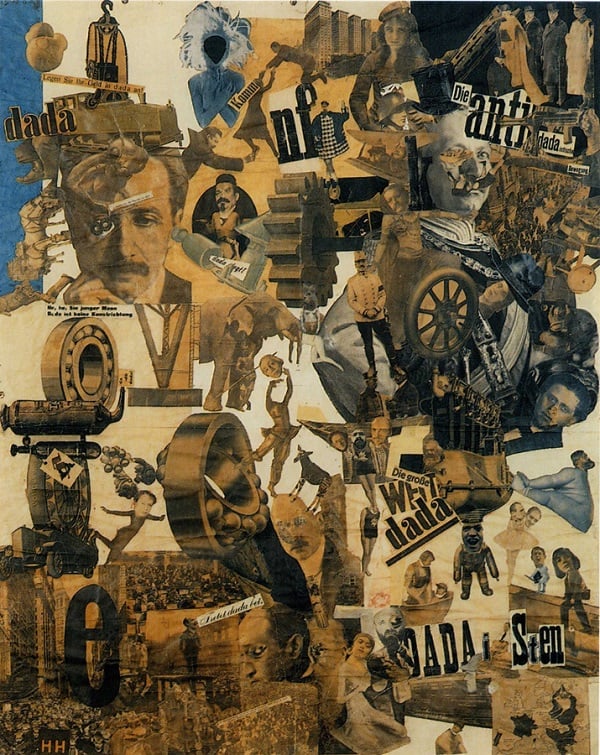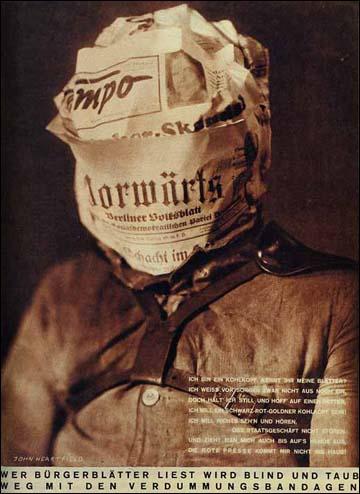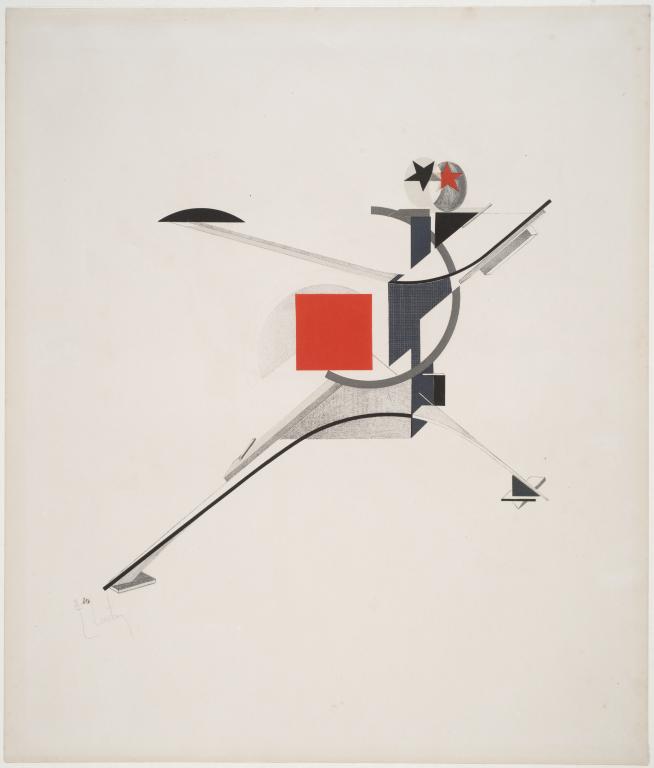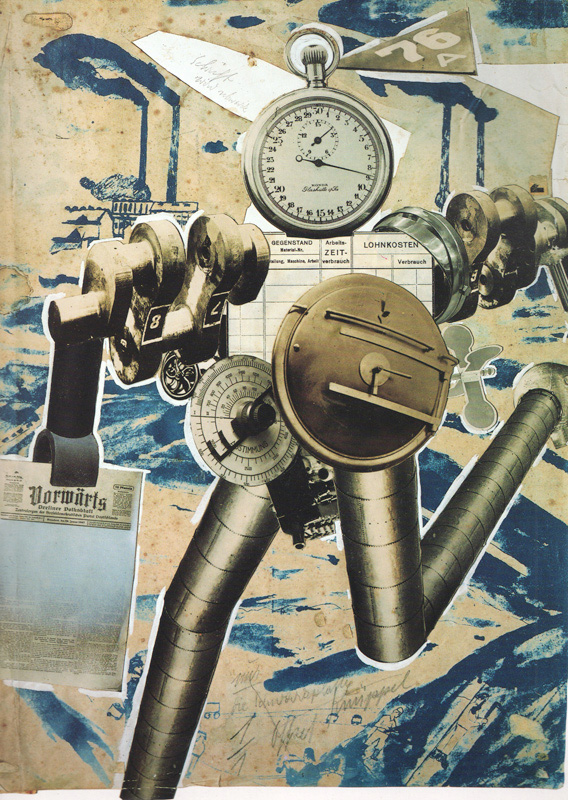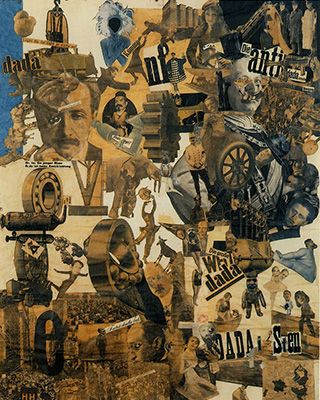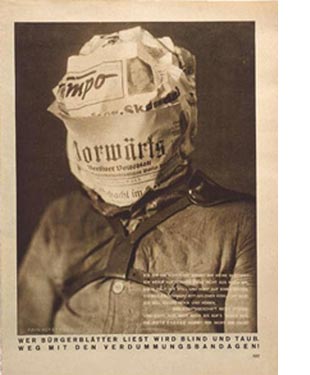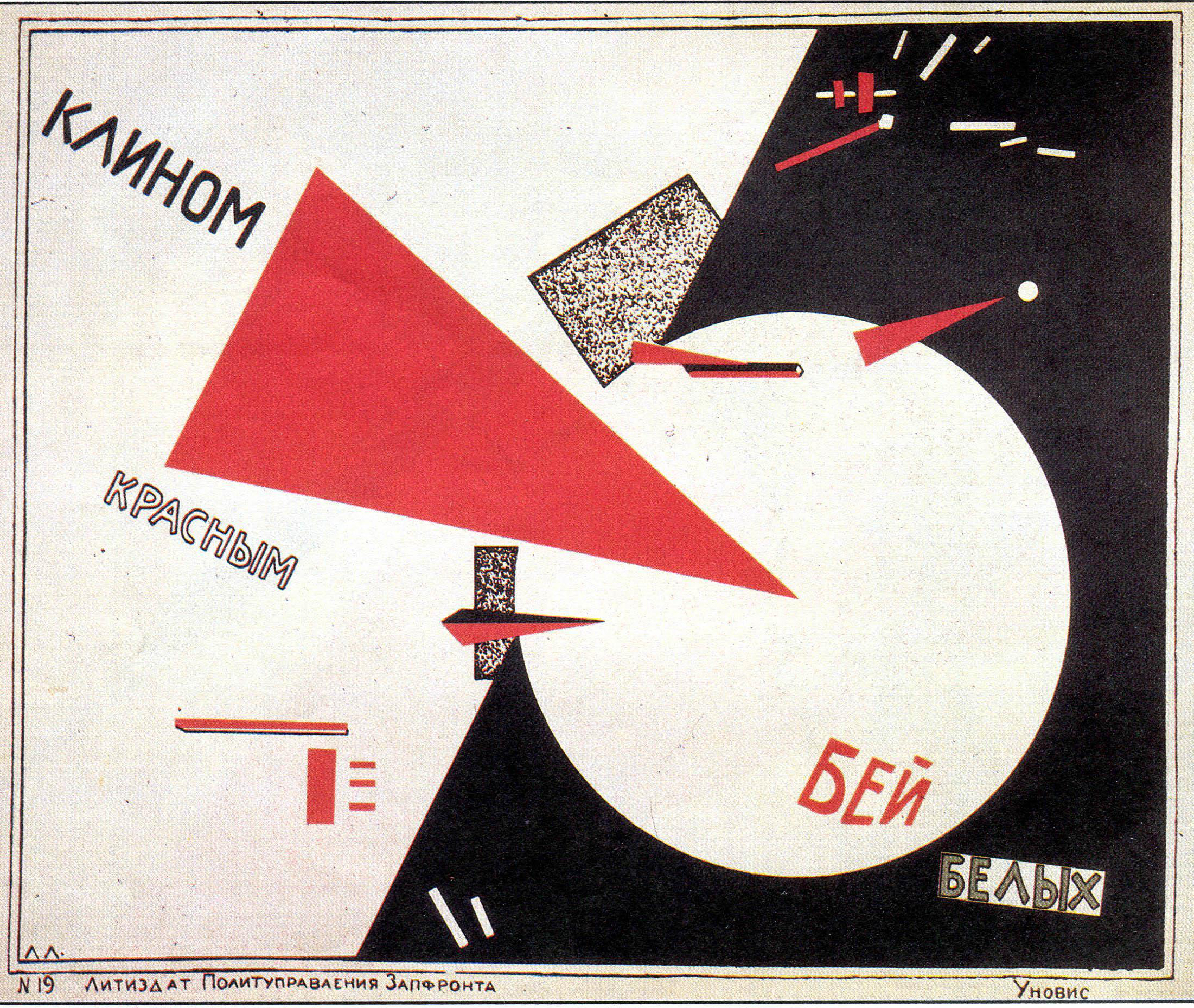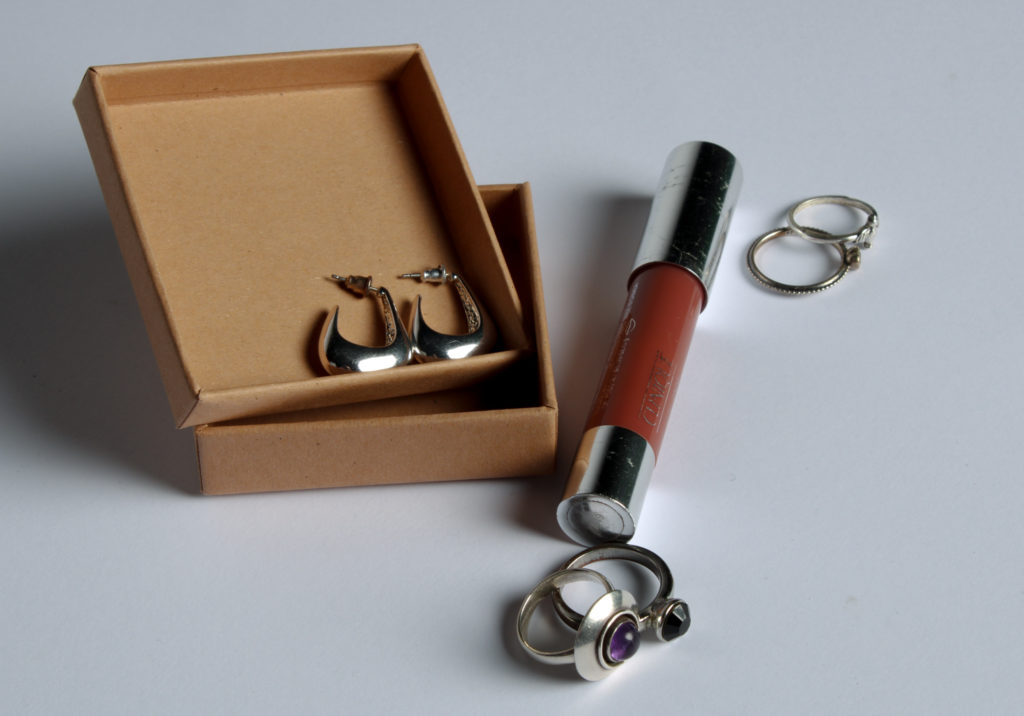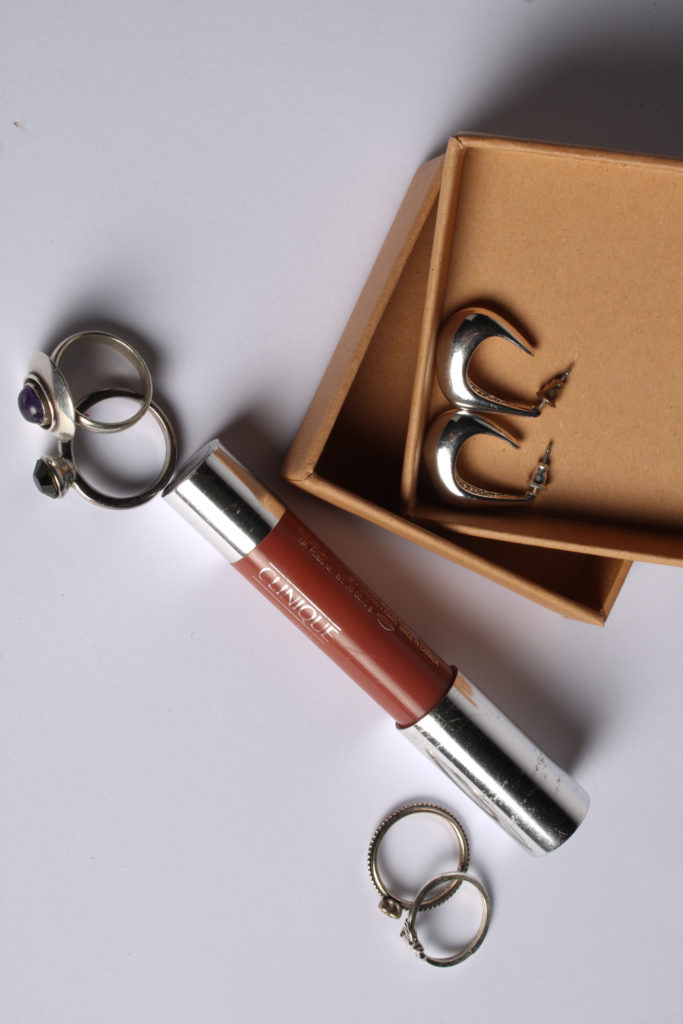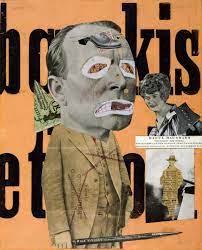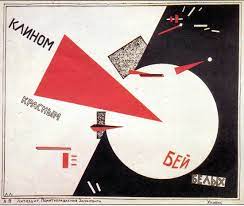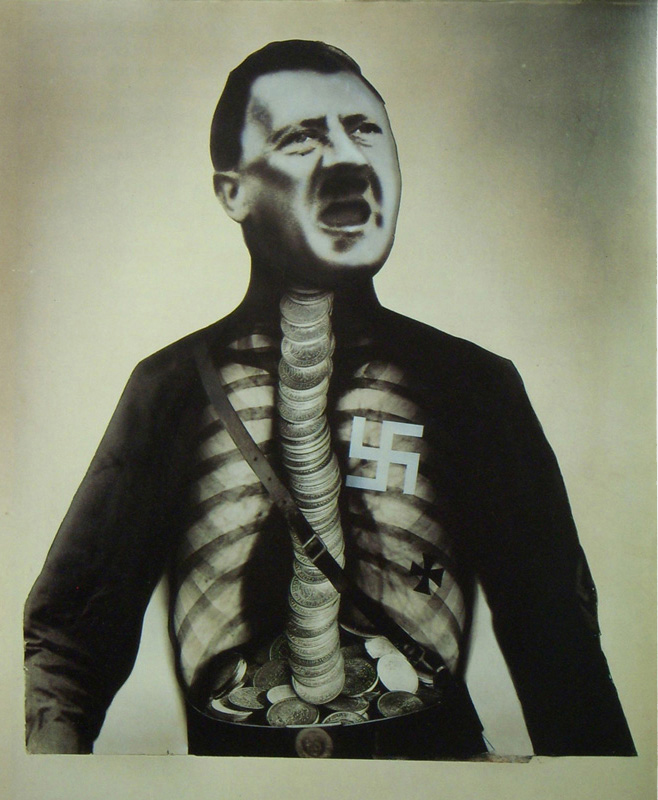Albert Renger-Patzsch
German photographer Albert Renger-Patzsch was a pioneering figure in the New Objectivity movement, which sought to engage with the world as clearly and precisely as possible.
Rejecting the sentimentality and idealism of a previous generation, Neue Sachlichkeit emerged as a tendency in German art, architecture and literature in the 1920s. In 1928 Renger-Patzsch published The World is Beautiful, a collection of one hundred photographs whose rigorous sensitivity to form revealed patterns of beauty and order in the natural and man-made alike. Embodying a new, distinctly modern way of looking at the world, the book established Renger-Patzsch as one of the most influential photographers of the twentieth century.

‘There must be an increase in the joy one takes in an object, and the photographer should be fully conscious of the splendid fidelity of reproduction made possible by his technique’,
Karl Blossfeldt
Karl Blossfeldt was a German photographer and sculptor. He is best known for his close-up photographs of plants and living things, published in 1929 as Urformen der Kunst. He was inspired, as was his father, by nature and the ways in which plants grow. From 1890 to 1896 he traveled through Italy, Greece, and North Africa, working for Moritz Meurer, who theorized that natural forms were reproduced in art. From 1898 to 1930 Blossfeldt taught at the Kunstgewerbeschule in Berlin; during this time, he amassed an archive of thousands of photographs of plants that he used as models to teach his students.

“IF I GIVE SOMEONE A HORSETAIL HE WILL HAVE NO DIFFICULTY MAKING A PHOTOGRAPHIC ENLARGEMENT OF IT. ANYONE CAN DO THAT. BUT TO OBSERVE IT, TO NOTICE AND DISCOVER OLD FORMS, IS SOMETHING ONLY FEW ARE CAPABLE OF.”

Image Analysis

The tone in this photograph is dark with light grey tones. The image has many leading lines leading you onto many other parts of the photograph. The colours create a sombre, sad feeling to the image.

